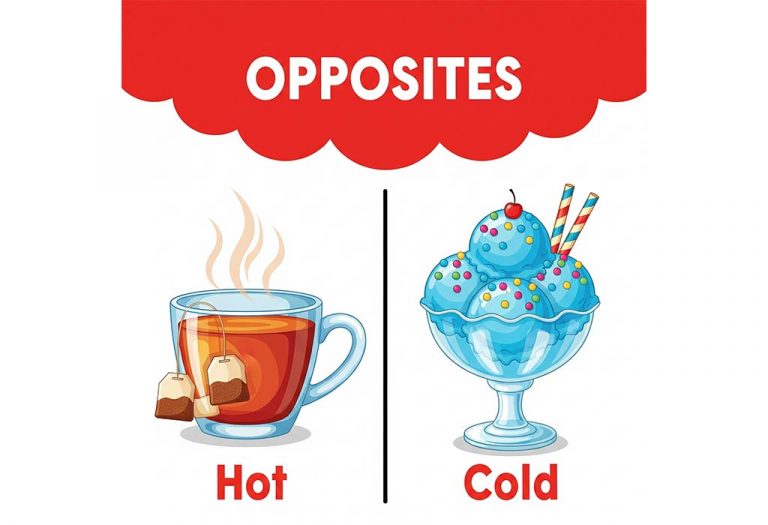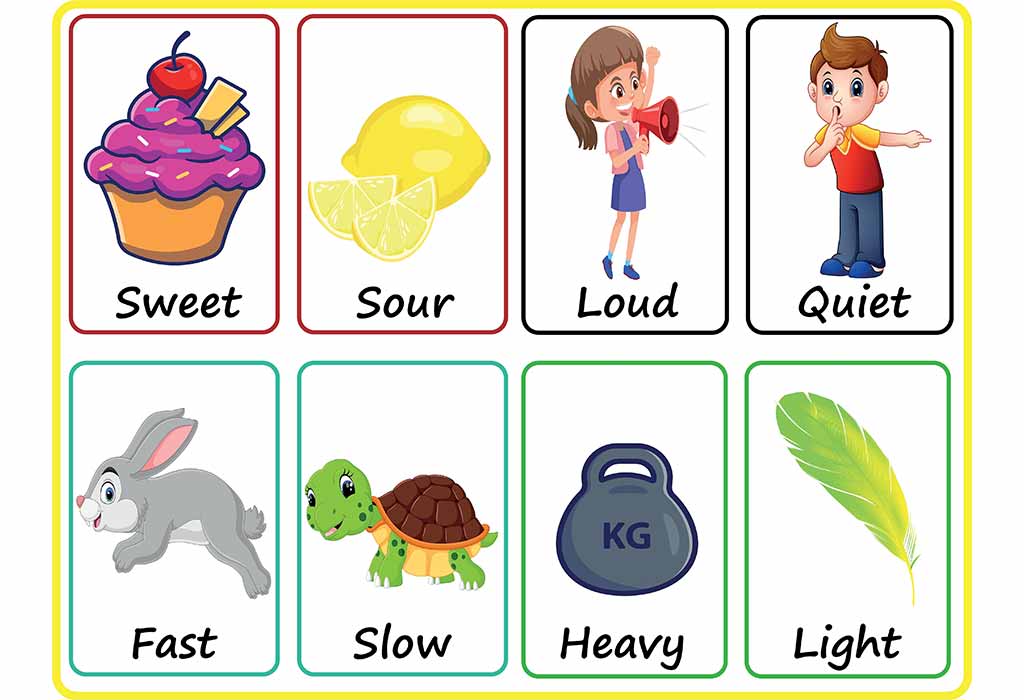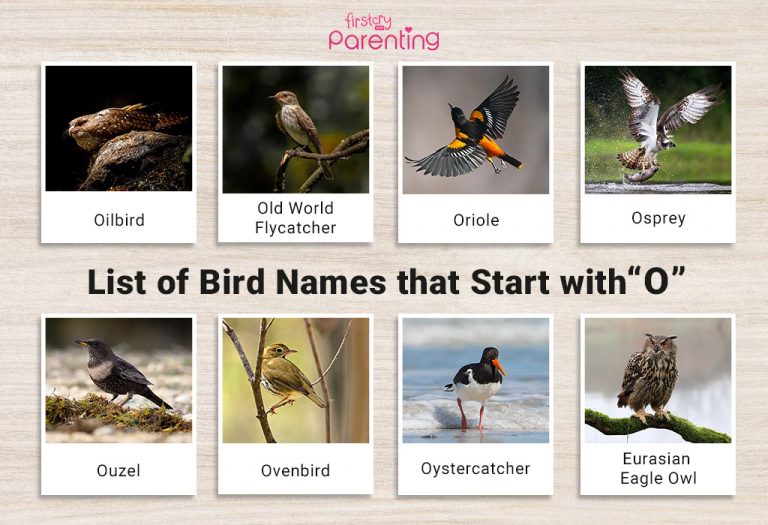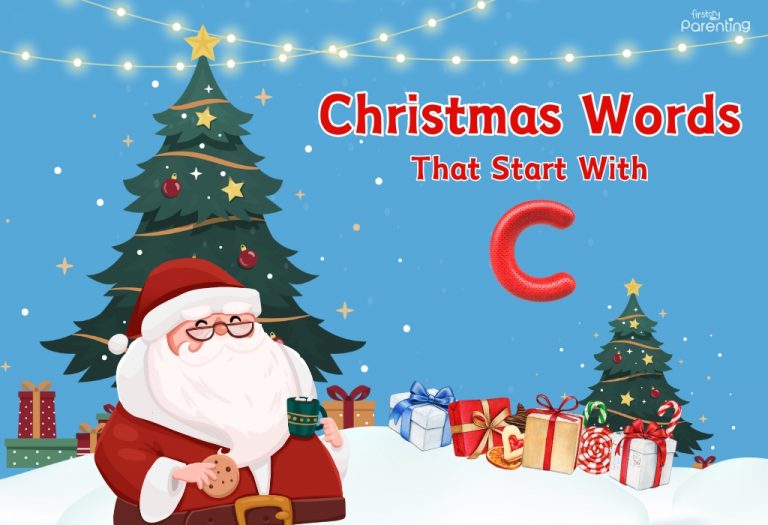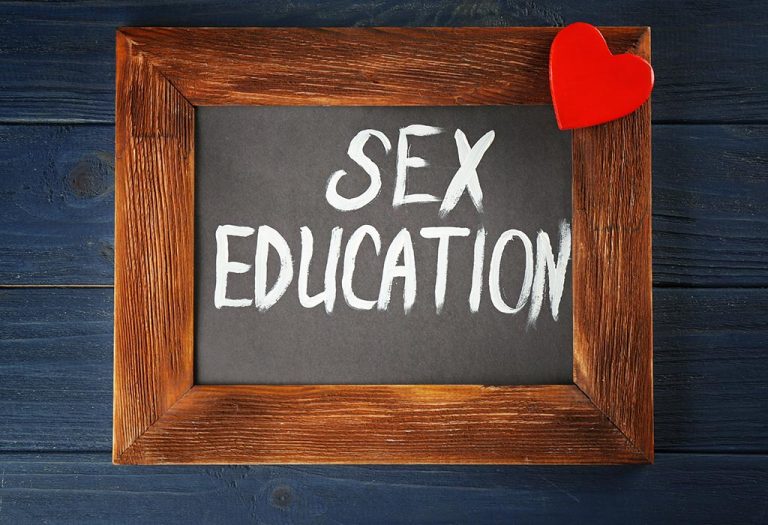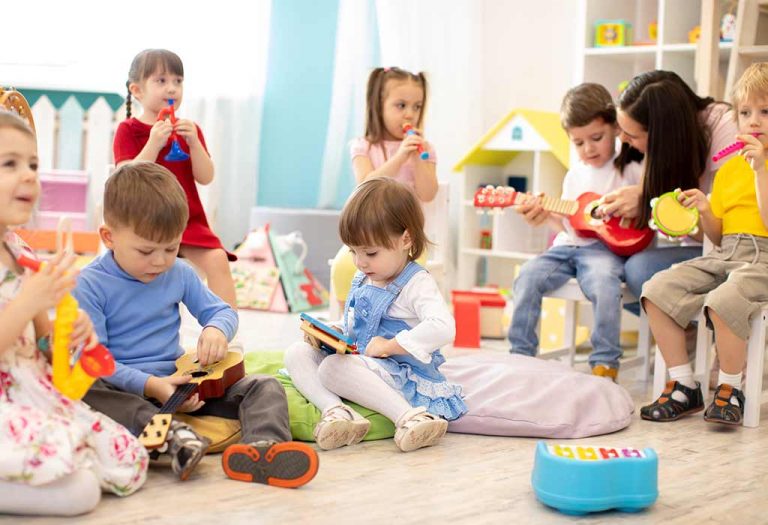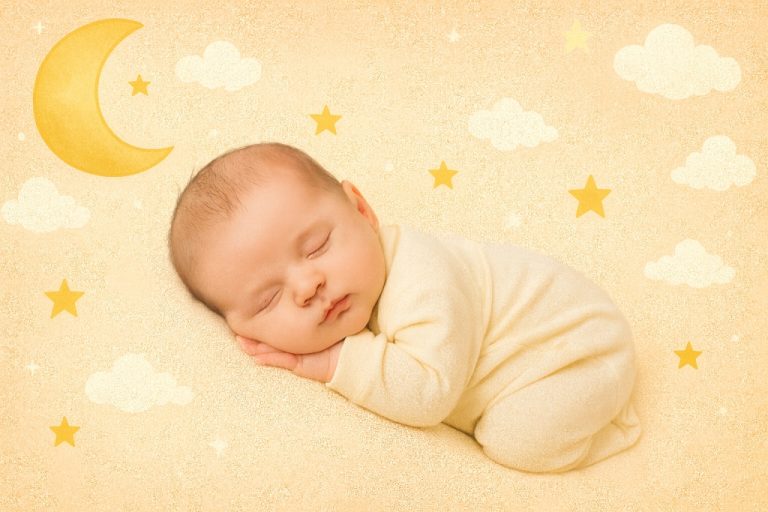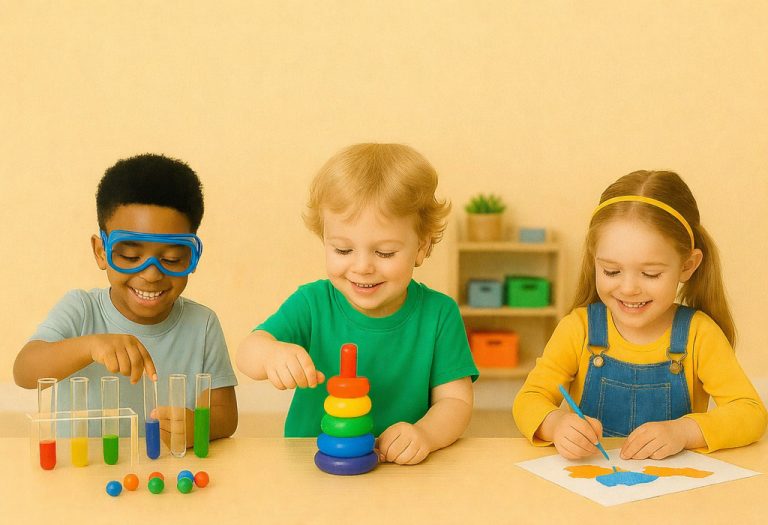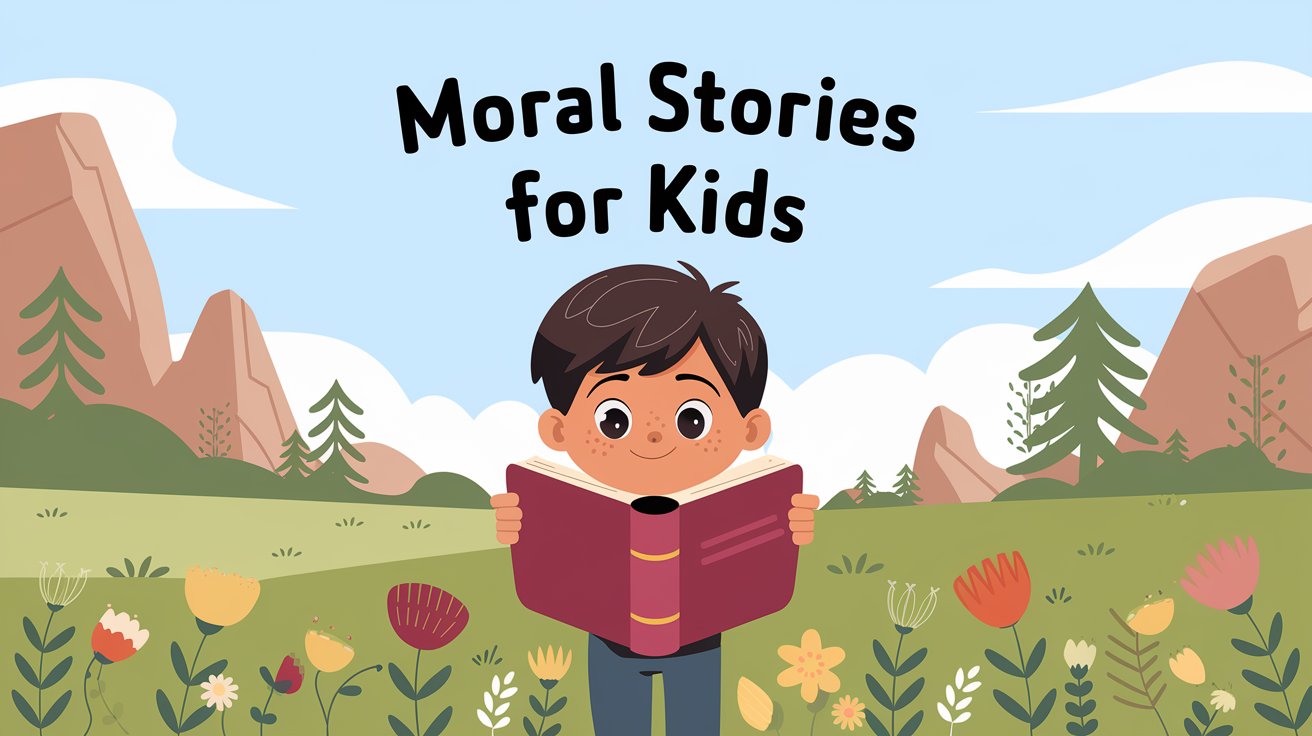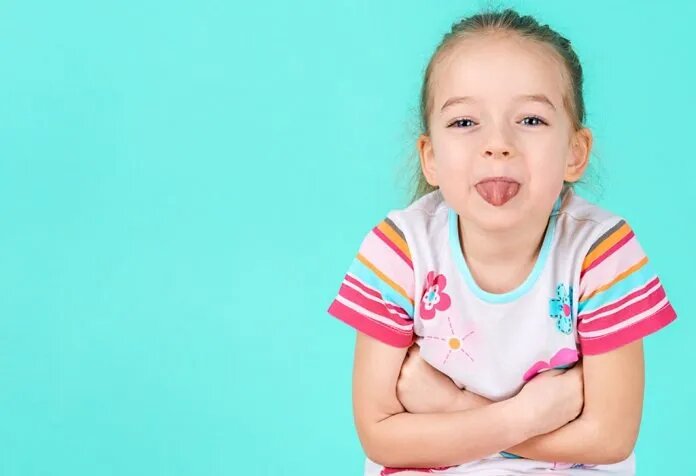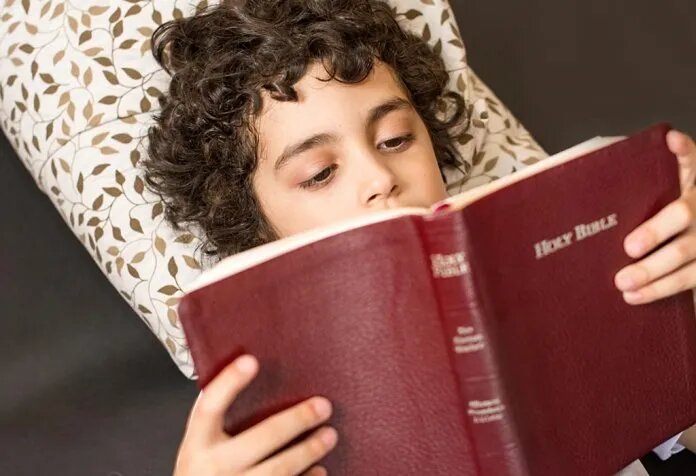120+ Opposite Words in English for Kids to Build Strong Vocabulary
- What Are Opposite Words?
- Benefits of Learning Opposite Words for Children
- Opposite Words for Kindergarten & Class 1
- Opposite Words for Class 2 & Class 3
- More Opposite Words for Kids
- Effective Ways to Teach Opposite Words to Kids
- Exercise to Learn Opposite Words for Children
- FAQs
Learning English can be a lot more exciting when children discover how words connect and contrast. One of the simplest and most enjoyable ways to boost vocabulary is by understanding opposite words for kids. These pairs of words, like big and small or fast and slow, help children recognise differences and broaden their understanding of the world around them.
By exploring opposite words in English for kids, young learners not only improve their communication skills but also develop better sentence formation and descriptive abilities. It becomes easier for them to express thoughts, compare things, and even build confidence when speaking.
Whether used during reading time, classroom activities, or everyday conversation, opposite words for children make language learning clear, fun, and engaging. The following guide includes examples and tips that make building a strong vocabulary feel more like play than work.
What Are Opposite Words?
Opposite words, often called antonyms, are pairs of words that have completely different meanings. For example:
- Happy – Sad
- Open – Closed
- Clean – Dirty
These word pairs help children describe situations, objects, feelings, and actions with greater clarity. Instead of just saying something is “not big,” they learn to say “small,” which makes their language more precise.
When children understand opposites, they begin to think in terms of contrast, which improves logic and comprehension skills. It’s a simple concept, but it lays the foundation for more advanced language understanding later on.
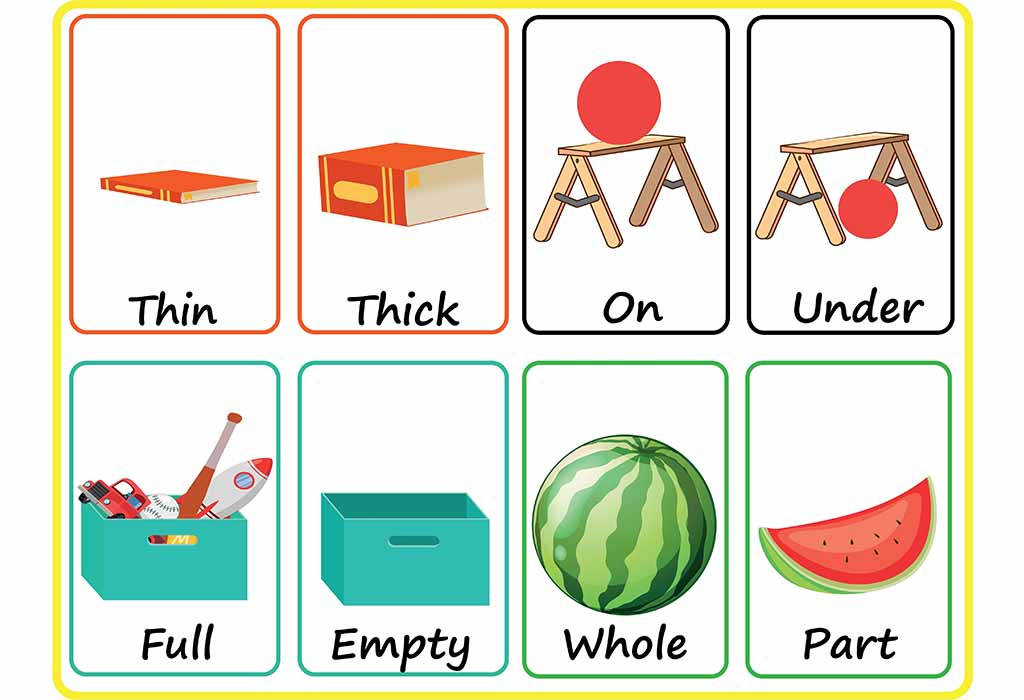
Benefits of Learning Opposite Words for Children
Learning opposite words at an early age helps children understand how language works. It also helps them explain things better and makes their speech and writing clearer. This small habit can lead to significant improvements in how they use English every day.
Here are some simple but powerful benefits of learning opposites:
1. Helps Build Strong Vocabulary
Learning opposites means learning two words at once. For every word like ‘hot’, they also learn its opposite, ‘cold’. This quickly builds a vast vocabulary.
2. Makes Sentence Formation Easier
Knowing both the word and its opposite helps kids build better sentences. Instead of saying not clean, they can say dirty. It sounds clearer and more natural.
3. Boosts Reading Skills
When kids encounter examples of antonyms in books, they can better understand the meaning of sentences. This makes reading smoother and more enjoyable.
4. Supports Writing Practice
When children use a variety of words, including opposites, their writing becomes more interesting. It also helps them avoid using the same word too often.
5. Improves Communication
Children learn to explain their thoughts in more detail. Instead of just saying “good,” they can compare it with “bad,” helping others understand them better.
6. Encourages Logical Thinking
Understanding opposites helps children think in pairs and see differences. This supports problem-solving and sharpens their minds.
7. Makes Descriptions Clearer
Opposites help describe things in a way that’s easy to understand. Saying the road is wide, not narrow, gives a complete picture.
8. Strengthens Listening Skills
When kids hear opposite words in conversation or stories, they begin to notice contrasts. This makes them better listeners.
9. Fun and Easy to Learn
Opposites are simple concepts that kids can act out or draw. This makes learning feel like play, not study.
10. Used in Everyday Life
Words like “open” and “close,” or “up” and “down,” are part of daily speech. Knowing them helps children follow instructions and join conversations more easily.
Opposites are more than just word pairs. They open the door to better thinking, clearer speech, and a lifelong love for language.
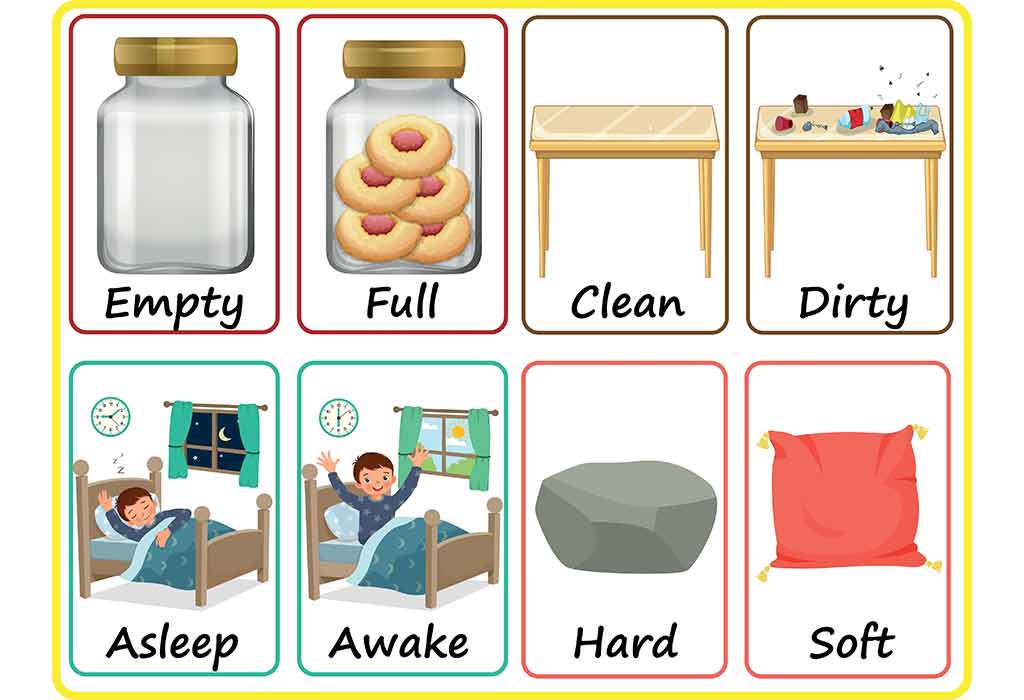
Opposite Words for Kindergarten & Class 1
At the early learning stage, children understand simple words better when they see their opposites. It helps them talk about things they see every day. These opposite words for UKG and Class 1 are perfect for young learners who are just beginning to learn English.
Below are easy and fun word pairs suitable for young children:
| Word | Opposite Word |
| Big | Small |
| Hot | Cold |
| Up | Down |
| In | Out |
| Fast | Slow |
| Happy | Sad |
| Clean | Dirty |
| Day | Night |
| Light | Dark |
| Wet | Dry |
| Full | Empty |
| Tall | Short |
| Loud | Quiet |
| Soft | Hard |
| Open | Close |
| Laugh | Cry |
| Right | Wrong |
| Start | Stop |
| On | Off |
| Sweet | Sour |
| Come | Go |
| Win | Lose |
| More | Less |
| Early | Late |
| Thin | Fat |
| Over | Under |
| Give | Take |
| Front | Back |
| Above | Below |
| Push | Pull |
| Smooth | Rough |
| Inside | Outside |
| Begin | End |
| Empty | Full |
| Near | Far |
| Long | Short |
| Before | After |
| Buy | Sell |
| Left | Right |
Opposite Words for Class 2 & Class 3
As children move to Class 2 and Class 3, they begin to read longer texts and write full sentences. This is the right time to learn new and simple opposite words that help them speak and write with more confidence.
Here are some examples of antonyms suitable for this age group:
| Word | Opposite Word |
| Brave | Scared |
| Rich | Poor |
| Strong | Weak |
| Friend | Enemy |
| Happy | Unhappy |
| Give | Take |
| Laugh | Cry |
| Buy | Sell |
| Win | Lose |
| Open | Shut |
| Soft | Rough |
| Begin | Finish |
| Come | Go |
| Light | Heavy |
| Above | Below |
| Clean | Messy |
| Kind | Mean |
| Quick | Slow |
| Early | Late |
| Tidy | Untidy |
| Honest | Dishonest |
| Full | Empty |
| Bright | Dull |
| Right | Wrong |
| Real | Fake |
| Safe | Dangerous |
| Smooth | Bumpy |
| Thick | Thin |
| Dry | Wet |
| Hard | Easy |
| Clear | Cloudy |
| Sharp | Blunt |
| Noisy | Quiet |
| Polite | Rude |
| Front | Back |
| Near | Far |
| Increase | Decrease |
| Agree | Disagree |
| Push | Pull |
These simple opposite words help children understand meanings clearly and improve their daily language use. Keep practising through short stories, small talks, or writing tasks to make learning natural and fun.
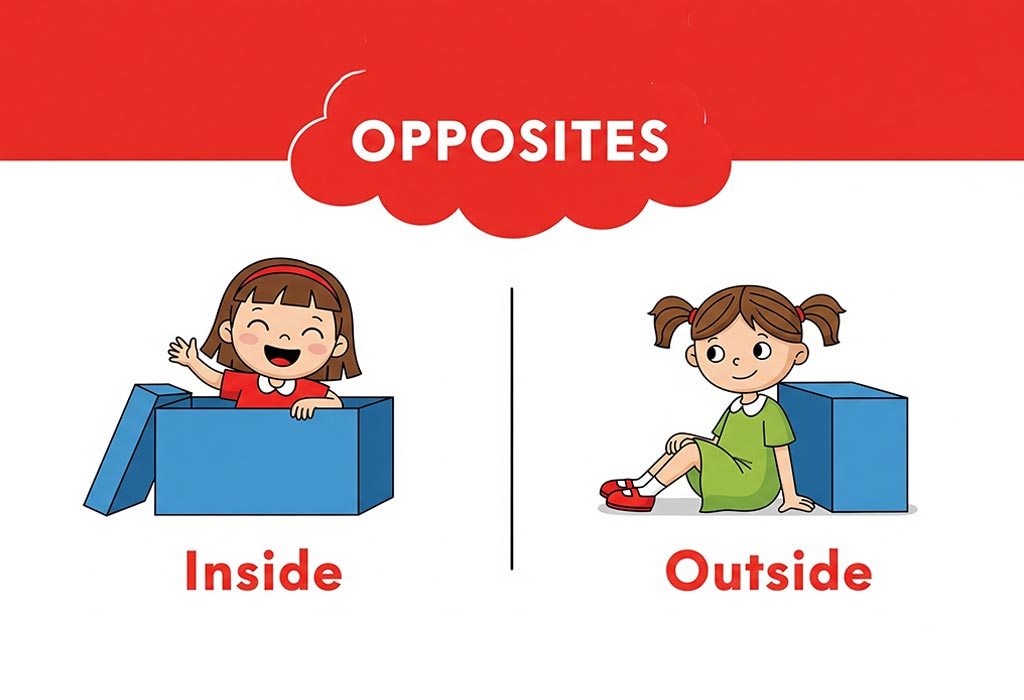
AI-Generated Image
More Opposite Words for Kids
Learning more opposite words helps children describe things better and understand stories clearly. This list adds to their word bank and makes learning more fun. You can also turn this into an easy opposite words chart for quick daily practice.
Here are more useful word pairs for kids:
| Word | Opposite Word |
| Accept | Reject |
| Arrive | Leave |
| Alive | Dead |
| Awake | Asleep |
| Bottom | Top |
| Busy | Lazy |
| Catch | Throw |
| Cool | Warm |
| Deep | Shallow |
| Enter | Exit |
| Float | Sink |
| Found | Lost |
| Gain | Lose |
| Gentle | Harsh |
| Grow | Shrink |
| Healthy | Sick |
| Hide | Show |
| Join | Separate |
| Jump | Sit |
| Major | Minor |
| Natural | Unnatural |
| Open | Closed |
| Pass | Fail |
| Present | Absent |
| Raise | Lower |
| Repair | Break |
| Rest | Work |
| Safe | Risky |
| Silent | Noisy |
| Simple | Complex |
| Start | End |
| Sweet | Bitter |
| Teach | Learn |
| Thick | Thin |
| Tight | Loose |
| Together | Apart |
| Trust | Doubt |
| Visible | Invisible |
| Win | Fail |
| Work | Play |
| Young | Old |
| Hero | Villain |
| Increase | Reduce |
| Brave | Afraid |
| Calm | Angry |
| Cool | Hot |
Use this opposite words chart to help children grow their vocabulary step by step. Try using a few new word pairs every day during play, reading, or classroom time.
Effective Ways to Teach Opposite Words to Kids
Teaching opposite words becomes easier when it’s done through play and daily routines. Kids learn faster when they see, hear, and use words often. These fun and simple ideas help children remember better and enjoy learning every day.
1. Use Flashcards With Pictures
Flashcards are a fun way to show word pairs. Use clear pictures like a big elephant and a small cat. This helps children connect the meaning with real things.
2. Practice With Daily Actions
During daily tasks like dressing or eating, use words like open and close or full and empty. Real-life examples help words stick.
3. Read Storybooks With Opposites
Choose storybooks that include English opposite words list in simple sentences. Books with pictures and repeated words are best for young learners.
4. Sing Songs and Rhymes
Songs with opposite words make learning joyful. Many children’s songs include words like up and down or fast and slow.
5. Create Drawing Activities
Ask kids to draw opposite words for kids like day and night or happy and sad. Drawing makes learning more active and fun.
6. Play Matching Games
Use cards or blocks to match opposites. Let children find pairs like clean and dirty or tall and short.
7. Build a Word Wall
Create a colourful wall or chart with opposite pairs. An English opposite words list on the wall helps with quick learning and review.
8. Use Role Play or Actions
Act out opposites like sit and stand or walk and run. Kids enjoy movement and remember words better through action.
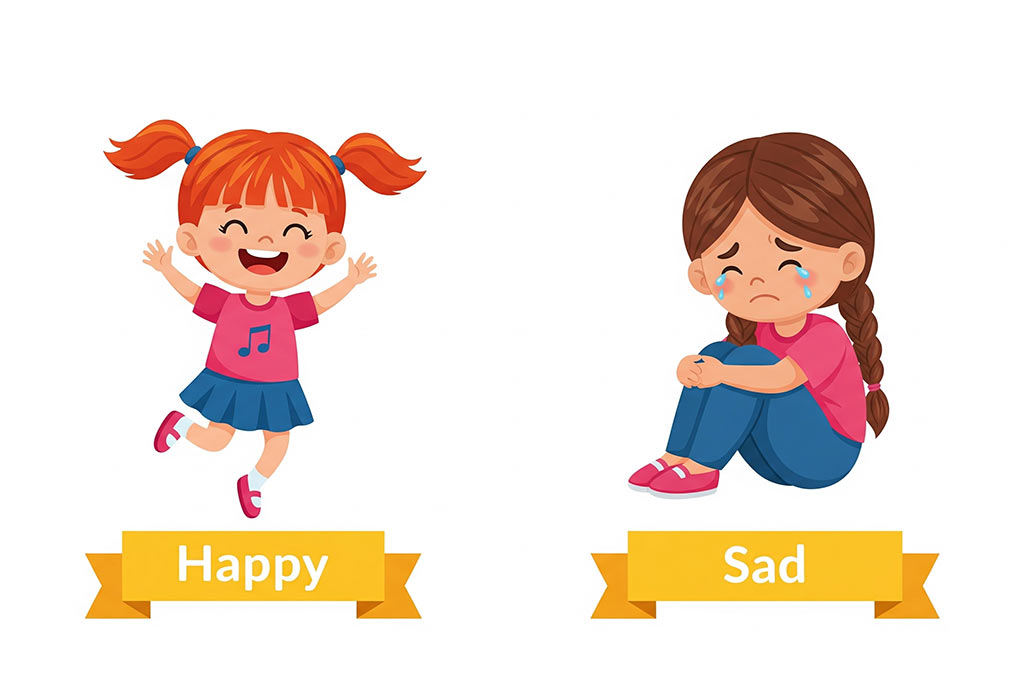
AI-Generated Image
Exercise to Learn Opposite Words for Children
Practice is a fun way to remember new words. Exercises help children test what they know and learn new word pairs easily. These short tasks will help kids recall and use antonyms for kids in daily life.
Questions on Opposite Words With Answers
Answering simple questions helps kids understand how opposite words work in sentences. It also helps them think fast and recall the right words.
1. What is the opposite of hot?
– Cold
2. What is the opposite of tall?
– Short
3. What is the opposite of happy?
– Sad
4. What is the opposite of big?
– Small
5. What is the opposite of day?
– Night
6. What is the opposite of soft?
– Hard
7. What is the opposite of fast?
– Slow
8. What is the opposite of up?
– Down
9. What is the opposite of empty?
– Full
10. What is the opposite of open?
– Close
These simple pairs help children become more familiar with antonyms for kids in an easy and clear way.
Fill in the Blanks With Correct Opposite Words
This fun activity lets kids choose the right word by thinking about the sentence. It’s great for early writing and reading skills.
1. The box is ___. (Full / Empty)
– Empty
2. The sun is up in the ___. (Night / Sky)
– Sky
3. I feel __ today. (Sad / Happy)
– Happy
4. This towel is ___. (Wet / Dry)
– Wet
5. The room is ___. (Dark / Bright)
– Bright
6. That elephant is very ___. (Big / Small)
– Big
7. The cat is very ___. (Fast / Slow)
– Fast
8. I will stand, not ___. (Sit / Jump)
– Sit
9. He is a ___ boy. (Kind / Mean)
– Kind
10. I sleep at ___. (Day / Night)
– Night
Fill-in-the-blank games like these support the use of everyday opposite words for children.
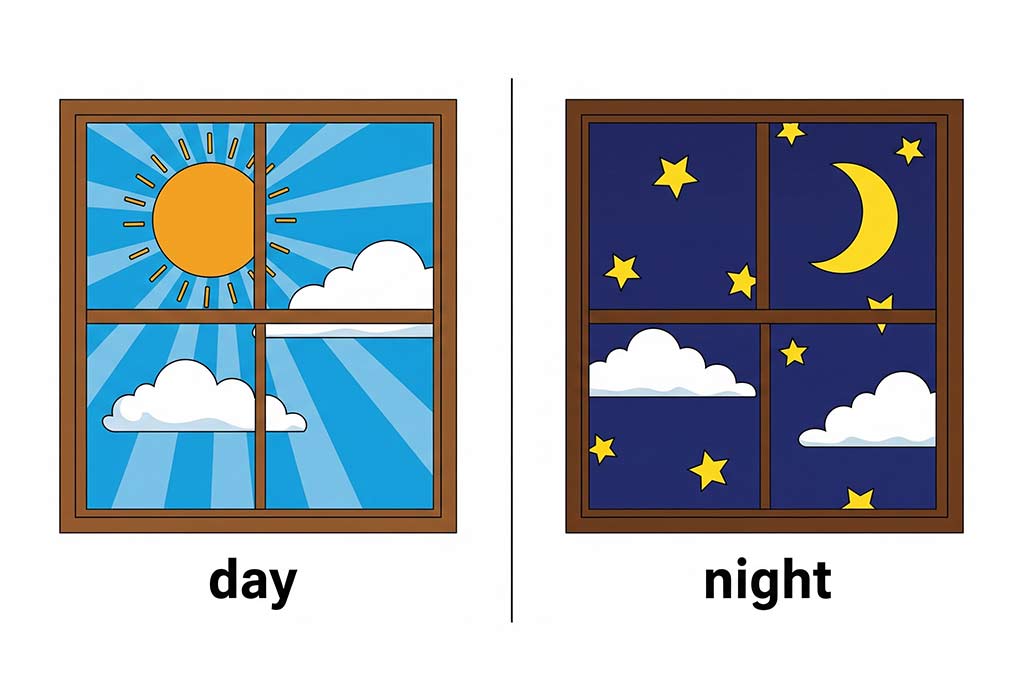
AI-Generated Image
Match the Opposite Words
Matching games are fun and easy. Kids love pairing the words, and it helps with memory and focus. Try this with flashcards or a simple drawing, too.
Match the word in Column A with its opposite in Column B.
| Column A | Column B |
| Tall | Short |
| Fast | Slow |
| Happy | Sad |
| Open | Closed |
| Hot | Cold |
FAQs
1. Why should kids learn opposite words?
Learning opposites helps kids speak clearly and understand meanings. It also builds a strong base for reading and writing. It makes it easier for them to talk about feelings and actions.
2. How can I teach opposite words at home?
You can use daily tasks like dressing or eating to teach opposites. Use simple games, flashcards, or short stories. Keep it fun and easy so kids enjoy the learning process.
Learning opposite words is a simple but powerful way to grow a child’s vocabulary. It helps them speak clearly, understand meanings, and form better sentences. Using fun methods like games, pictures, and daily talk makes learning easier. Kids enjoy it more when lessons feel like play. Keep adding new words slowly and use them often. With regular practice, children will remember and use opposite words with confidence.
Also Read:
How to Teach English to Kids
Concrete Noun for Kids
Language Learning Apps for Kids
Learning Activities for Kids
How to Build Understanding for English in Kids
Was This Article Helpful?
Parenting is a huge responsibility, for you as a caregiver, but also for us as a parenting content platform. We understand that and take our responsibility of creating credible content seriously. FirstCry Parenting articles are written and published only after extensive research using factually sound references to deliver quality content that is accurate, validated by experts, and completely reliable. To understand how we go about creating content that is credible, read our editorial policy here.






